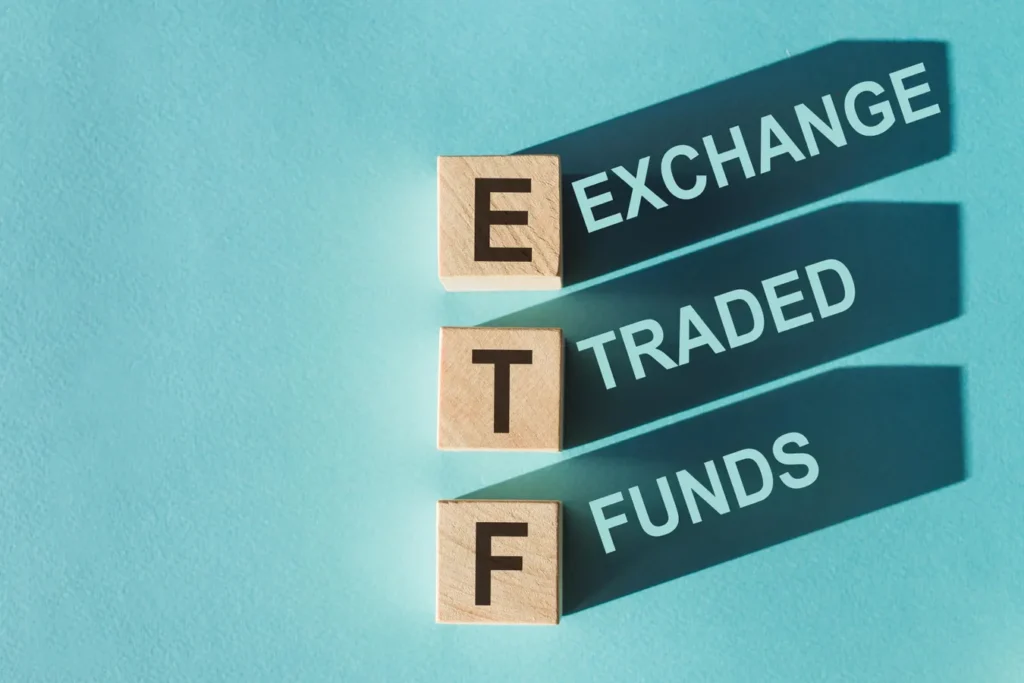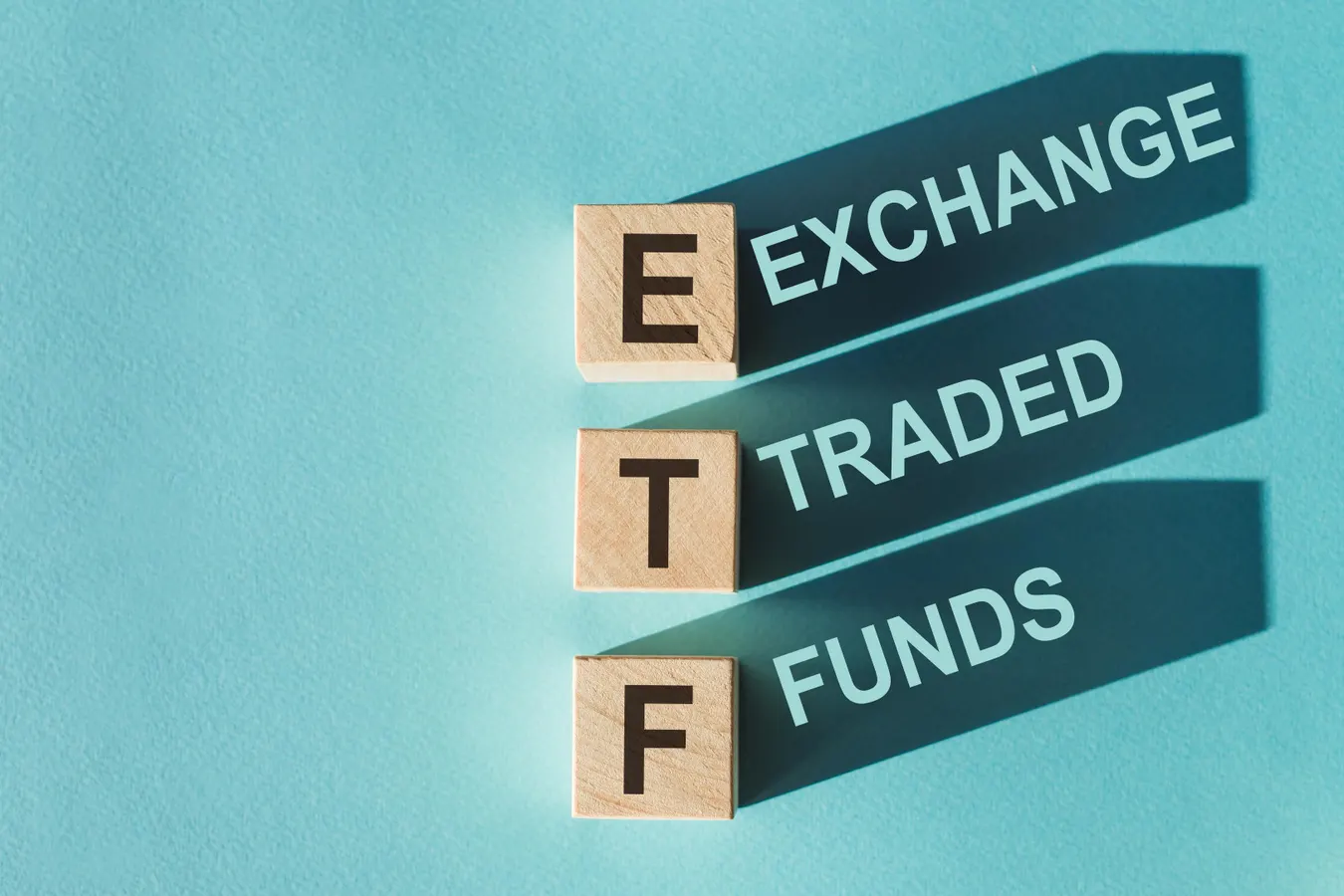
An Exchange-Traded Fund (ETF) is an investment fund that holds a collection of assets—such as stocks, bonds, or commodities—and is traded on stock exchanges throughout the day, similar to individual stocks. This structure allows investors to gain exposure to a diversified portfolio without purchasing each asset individually.
How Do ETFs Work?
ETFs are designed to track the performance of a specific index, sector, commodity, or asset class. For example, an ETF might aim to replicate the performance of the S&P 500 index by holding shares of the companies included in that index. Investors buy shares of the ETF through brokerage accounts, and these shares can be bought or sold at market prices any time during trading hours.
Types of ETFs
- Index ETFs: Aim to replicate the performance of a specific index, such as the S&P 500.
- Sector ETFs: Focus on particular industries, like technology or healthcare.
- Commodity ETFs: Invest in physical commodities, such as gold or oil.
- Bond ETFs: Hold portfolios of fixed-income securities, including government and corporate bonds.
- International ETFs: Provide exposure to markets outside the investor’s home country.
Advantages of ETFs
- Diversification: ETFs allow investors to spread their investments across a broad range of assets, reducing the risk associated with individual securities.
- Liquidity: Since ETFs trade on major stock exchanges, investors can buy or sell shares throughout the trading day at market prices.
- Cost Efficiency: ETFs often have lower expense ratios compared to mutual funds, making them a cost-effective investment option.
- Transparency: ETF holdings are typically disclosed daily, providing investors with clear insight into the assets they own.
Disadvantages of ETFs
- Trading Costs: While ETFs generally have lower expense ratios, investors may incur brokerage commissions with each trade, which can add up for frequent traders.
- Bid-Ask Spreads: The difference between the price buyers are willing to pay (bid) and sellers are asking (ask) can impact the cost of trading ETFs, especially those with lower liquidity.
- Market Fluctuations: ETF prices can be affected by market volatility, and investors may experience losses if the underlying assets decline in value.
ETFs vs. Mutual Funds
Both ETFs and mutual funds offer pooled investment options, but they differ in key aspects:
- Trading Flexibility: ETFs trade like stocks on an exchange, allowing intraday buying and selling. Mutual funds, however, are bought or sold at the end of the trading day at the net asset value (NAV) price.
- Minimum Investment: Mutual funds often require a minimum investment amount, whereas ETFs can be purchased in single shares, making them accessible to a broader range of investors.
- Management Style: While many ETFs are passively managed, aiming to replicate the performance of an index, mutual funds are often actively managed, with fund managers making investment decisions to outperform the market.
Conclusion
ETFs have become a popular investment vehicle due to their flexibility, cost efficiency, and diversification benefits. However, like all investments, they come with risks and potential costs. It’s essential for investors to assess their individual financial goals, risk tolerance, and investment horizon before adding ETFs to their portfolios.





